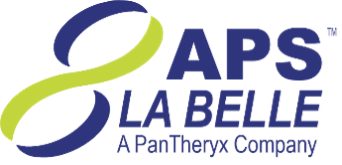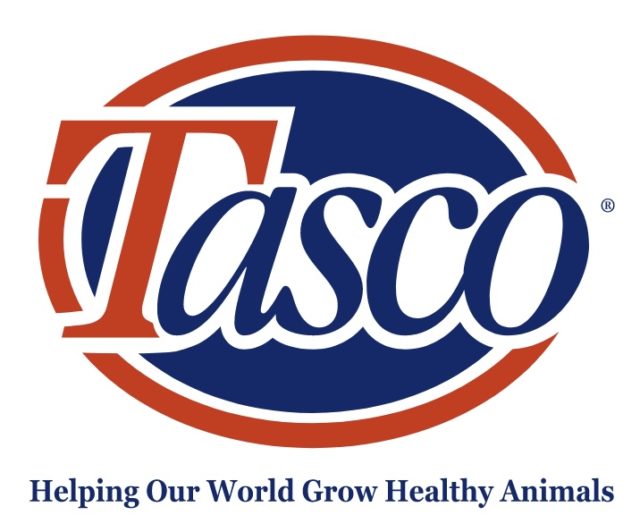On-farm monitoring of methane emissions with noninvasive infrared technology could provide a low-cost, reliable method to improve testing of mitigation strategies, guide breeding techniques and provide better inventory estimates for life cycle assessment studies. This is important because enteric methane is the largest source of greenhouse gas emissions associated with milk production, according to research commissioned by the Innovation Center for U.S. Dairy.
Most methods currently used to estimate enteric methane emissions from dairy cattle are costly and laborious, require frequent animal handling and/or confined conditions that distort normal feeding behavior and are difficult to implement under on-farm commercial conditions.
As a result, methane is measured from a relatively small number of animals in each experiment. This small sample limits the ability to test mitigation strategies, accurately describe population variation around the mean and screen large numbers of cows for their inherent emission potential.
The noninvasive and relatively low-cost technique described in this study allows for repeated measures to be obtained on-farm from large numbers of individual cows.
Article specifics:
Garnsworthy PC, Craigon J, Hernandez-Medrano JH, Saunders N. On-farm methane measurements during milking correlate with total methane production by individual dairy cows. J Dairy Sci. 2012;95(6):3166-3180.
Click here to read the article's abstract. PD
—From Dairy Research Insights




